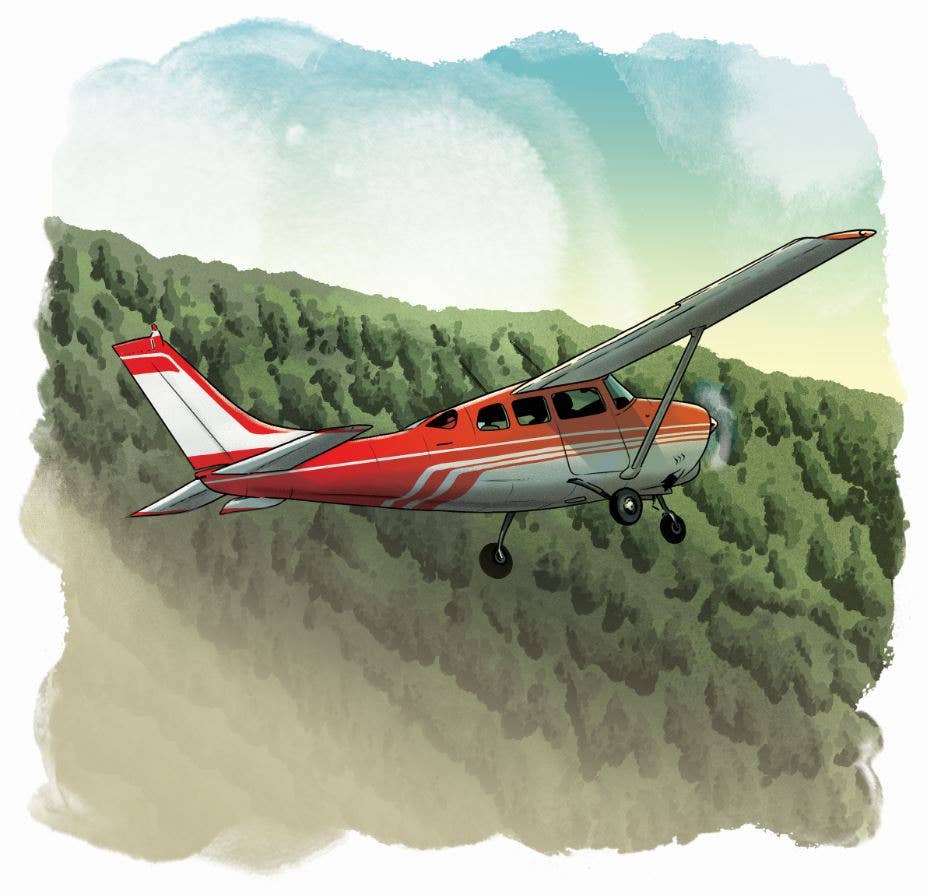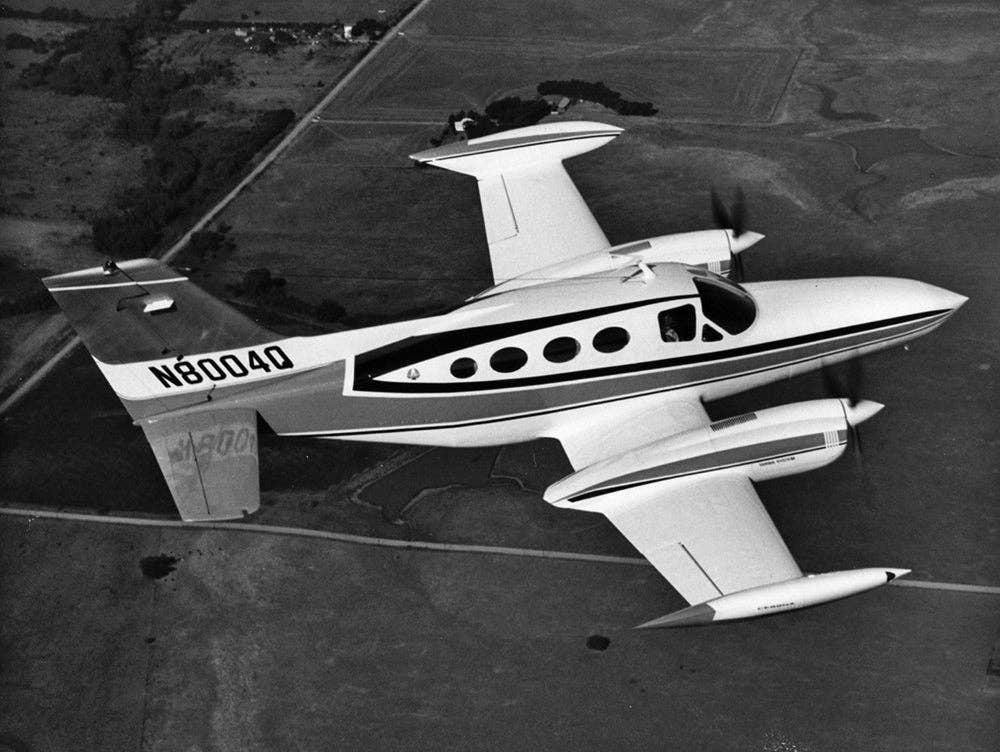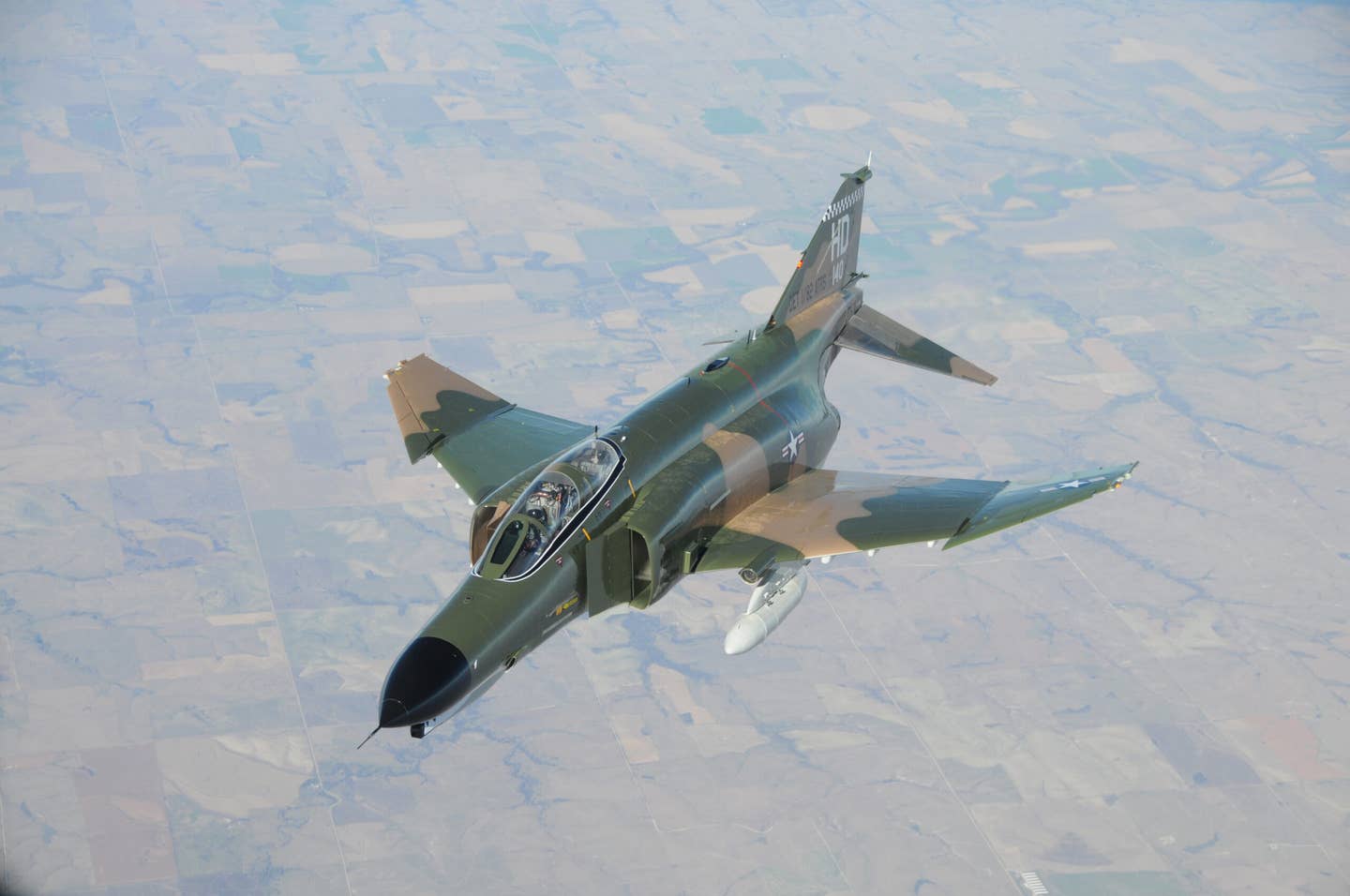
[Credit: Joel Kimmel]
In late June 2021, I had a business meeting scheduled in Salt Lake City, Utah, so I was happy to have a good excuse for a cross-country flight from Ithaca, NewYork, in my 1979 Cessna 210N. I had an uneventful flight to the Northern Colorado Regional Airport (KFNL) near Loveland and Fort Collins, where I had planned to overnight and head to Salt Lake City InternationalAirport (KSLC) the next day. I filed IFR for KSLC via the northern route, which has somewhat lower minimum en route altitudes (MEAs). Shortly after passing the Medicine Bow (MBW) VOR, I noticed red flags on both Aspens (PFD and MFD), as well as major electrical discharge indications of the ammeter on the JPI930 engine monitor. I shut off all electronics except the Garmin GTN 750 and headed back to KFNL with ATC guidance. Denver Center suggested a landing at the Laramie airport (KLAR), but I feared there would be minimal maintenance facilities. Besides, the engine was running smoothly and I was in VFR conditions, so I elected to return to KFNL.
About 30 nm north of the airport, I lost radio contact with Denver Center as the GTN 750 screen and the rest of the instrument panel went dark. I connected the Icom handheld radio to my Lightspeed headset and continued trying to reach Denver and the KFNL tower. I was reminded that without an exterior antenna for the Icom handheld radio, its range is only a few miles. Radio communication with the remote KFNL tower was finally accomplished about 4 nm north of the airport as I entered a long left downwind for Runway 33. Denver had offered to give me block space for landing at KFNL, and they diverted traffic until after I landed. They also provided their phone number and requested that I telephone them immediately after landing. After parking the airplane, I called Denver Center and reported my safe landing. They thanked me, wishing me luck.
I then visited Professional Aircraft Services (PAS) and the manager, Larry Hallock. I described the loss of my electrical charging system. He informed me the voltage regulator was not defective, recommending we overnight a 100-amp alternator/clutch assembly from Dallas. This engine was a zero-timed Continental IO-550 with a direct drive alternator, which had not been removed or worked on since its installation at the factory.
The next day, the new alternator/clutch assembly arrived, but in the interim, the PAS maintenance shop had removed the direct drive alternator assembly from my engine and found disturbing evidence of a major hardware failure. I visited the shop and witnessed that the clutch shaft and lock nut in my alternator clutch assembly were loose and wobbly. There was no cotter pin in that shaft/nut assembly as there should have been, and there was visible evidence of metal pieces distributed throughout the engine. In addition, the four 5/16-inch bolts on the crankshaft face gear—which meshes with the smaller alternator clutch gear—were loose, allowing the face gear to “chatter” with the alternator clutch gear.
The cotter pin was conspicuous by its absence—and later found in the crankcase. It appeared to have not been “spread” after being inserted into the castle nut. The shop drained the engine oil, filtering it through a metal screen mesh as recommended by a recent FAA bulletin. Visible pieces of orange elastomer/rubber sealant were present—and when these pieces in the screen were touched with a magnet, multiple bits of ferromagnetic metal were observed. Some orange polymer as well as some small metal pieces were also inside the alternator housing casing, below the large gear on the crank case shaft. The oil filter also showed visible metal particles.
The telltale signs of a major engine problem drove the conclusion that a major engine teardown and repair was needed. Fortunately, KFNL hosts The “New” Firewall Forward engine overhaul shop. Jerry Doyle, general manager, and I agreed to move forward by removing the engine from the airplane and beginning the teardown, inspection, and repair.
An important question was whether the cost would be covered by either Continental, the engine manufacturer, or Avemco, my insurance provider. As noted above, this “new engine” was now 4 years old and had 430 hours on it. Continental informed me that my engine was past the 18-month rebuilt gasoline engine warranty.
I felt that my personal witness of the engine damage during the initial electrical system diagnosis provided substantial evidence for an assembly error when the alternator was installed at the Continental factory. In addition, my photos, which show the missing cotter pin in the direct drive alternator castle nut and related engine damage provided substantial evidence that someone at Continental had failed to follow standard operating procedures in the assembly of the alternator and had made the simple yet damaging error of not spreading the cotter pin after inserting it into the alternator clutch drive castle nut. In providing evidence, I referenced Special Airworthiness Information Bulletin NE-18-16 from June 2018, which described a fatal accident involving a Bonanza equipped with the same IO-550 engine. In the end, Continental compensated me for engine removal, parts, labor, and reinstallation of the engine. As a “Plan B,” I had also approached Avemco with a similar request, and my agent said they would help if needed.
The supply chain shortage problem made the engine rebuild period frustratingly long, and the shops were very busy. Plus, the 210 went out of annual inspection. There were no significant findings when PAS performed the inspection, fortunately. A year later, after my test flight, all looked good—and I flew home the next day.

Sign-up for newsletters & special offers!
Get the latest FLYING stories & special offers delivered directly to your inbox






